'Art or Sound' is the Prada Foundation's new synaesthetic Venice show
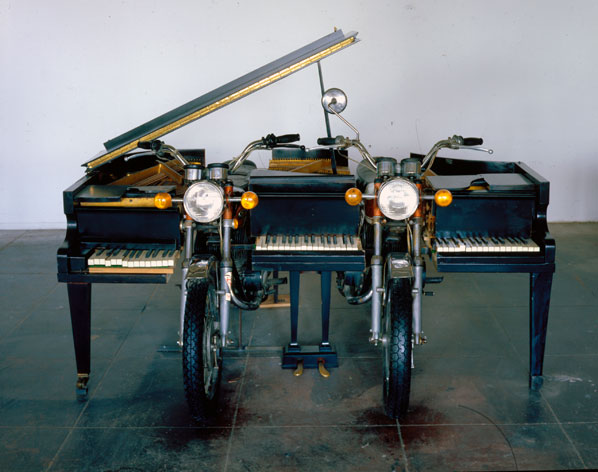
In the midst of Venice's fast-paced Architectural Biennial, 'Art or Sound', the Prada Foundation's current show, feels like something of an intellectual's amusement park: poker-faced journalists find themselves stepping into pieces, pressing on buttons, playing rather than observing.
This is precisely the kind of boundary-shattering the exhibition's curator Germano Celant (who famously coined the term 'Arte Povera', or poor art), was looking for. After all, in today's highly controlled art world, where does one draw a line between work and play, art and commodity, the intellectual and the emotional?
Sprawling over the Foundation's majestic three storeys, this 'theatre of things', as Celant put it, is laid out as a jolly multi-media, interactive display of artworks, functional objects, and imaginary instruments. They range from 17th century musical boxes to early 20th century experimental trumpets by craftsmen of the time; see Man Ray's 'Violon d'Ingres' (1924) to John Cage's 'Water Walk' (1959), as well as contemporary work such as Loris Gréaud 'Crossfading Suitcase' (2004) - allowing, again, for a disruption between high and low.
To Celant, the sense of hierarchy is also present in the relationship between art and sound: 'The museum has become a vision-centric territory where all non-visual senses are repressed,' he said of the show.
The works chosen are missing a dimension if you don't listen: Laurie Anderson's 'Numbers Runners' (1979) for example, recreating a typical American phonebox, only becomes an entirely fuller proposition when the viewer picks up the receiver to hear the artists existential questions.
'I wanted to reinject life into the clinical, aseptic visual art space,' explained Celant about his choice to hold a series of performances by younger, often local artists such as Ricardo Berreta. 'In order to generate creative birth, art should be a labyrinth of senses.'

Sprawling over the Foundation's majestic three storeys, this 'theatre of things', as curator Germano Celant put it, is laid out as a jolly multi-media, interactive display of artworks, functional objects, and imaginary instruments. Pictured: 'Oracle' by Robert Rauschenberg, 1962-65.
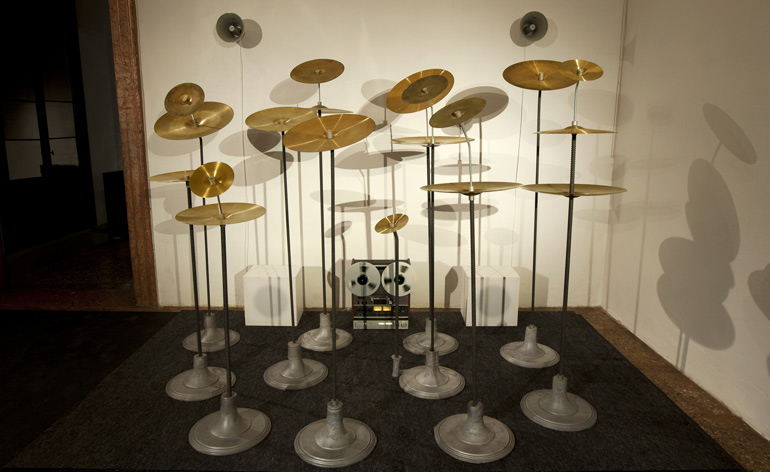
The sensory exhibit encourages visitors to press on buttons and play rather than simply observe. This percussion work is titled 'Echi di suoni e cani che abbaiano' by Eliseo Mattiacci, 1983.
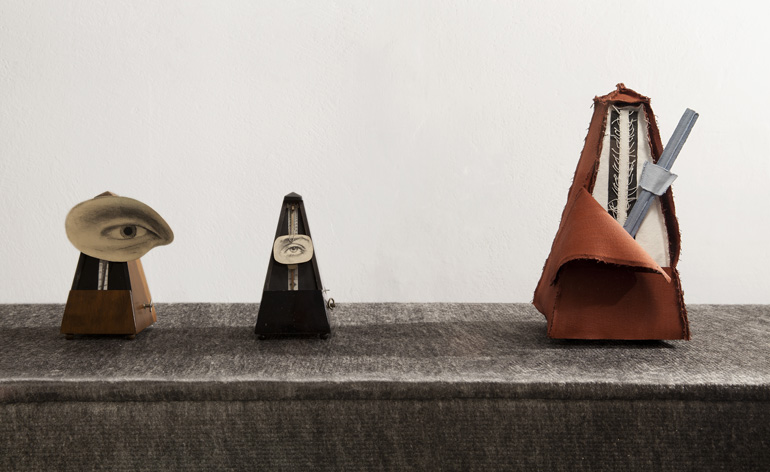
From left to right: 'Metronome' by Salvador Dali, 1944, 'Indestructible Object' by Man Ray, 1923 (1965), and 'Silent Metronome' by Claes Oldenburg and Coosje van Bruggen, 2005.
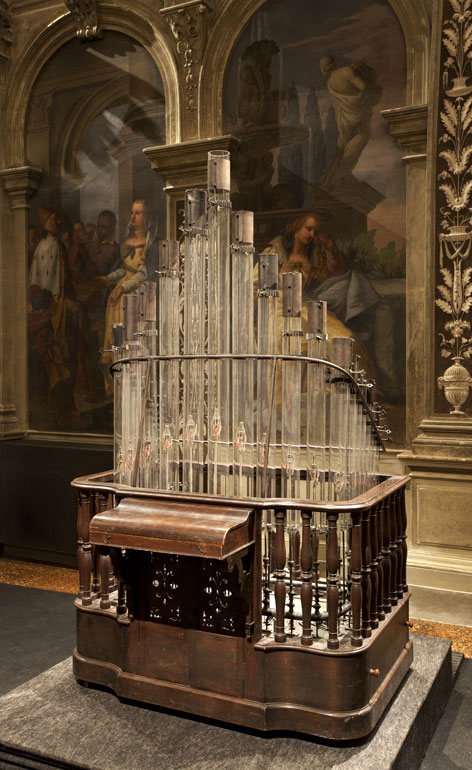
'Pyrophone' by Georges Frédéric Kastner, circa 1876.
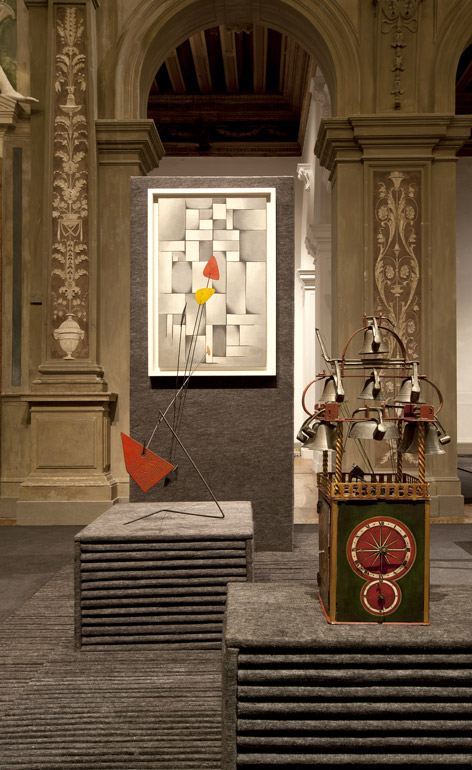
In the foreground: 'Chiming Clock with Iron Case' by Jean Dubois au Puy, circa early 17th century, 'Untitled' sculpture by Alexander Calder, 1940 and 'Composition in Gray' by Theo van Doesburg, 1919.
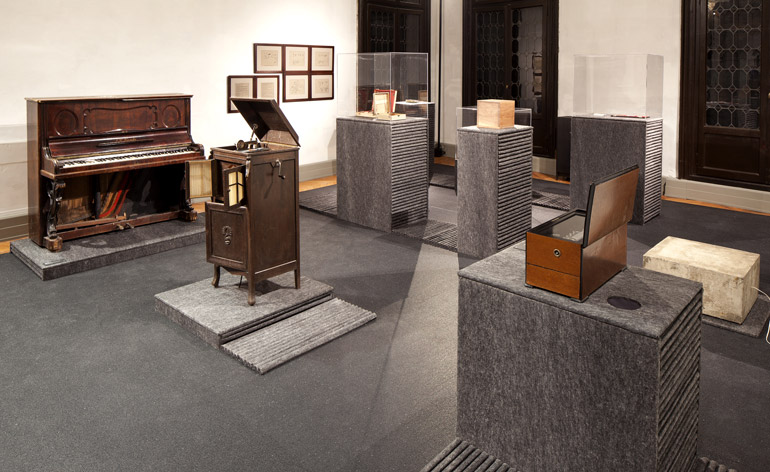
'I wanted to reinject life into the clinical, aseptic visual art space,' explained Celant about his choice to hold a series of performances by younger, often local artists. 'In order to generate creative birth, art should be a labyrinth of senses,' he added.
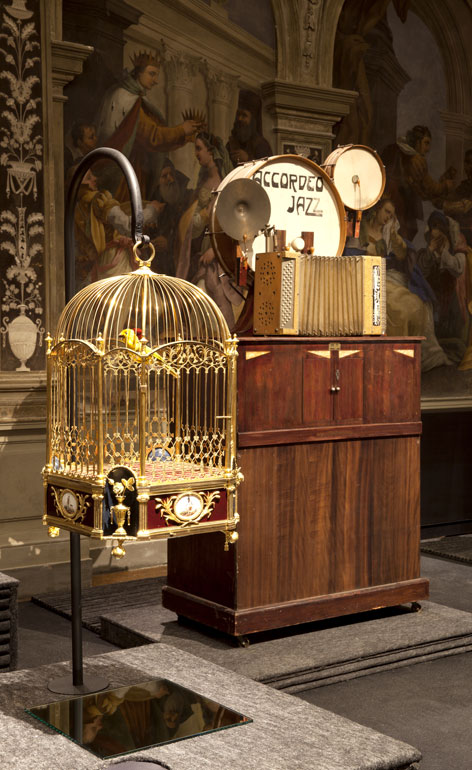
From the left: 'Singing Bird Cage With Clock' by Pierre Jaquet-Droz. circa 1785 and 'Orchestrion Accordeo Jazz' by Amelotti, circa 1920.
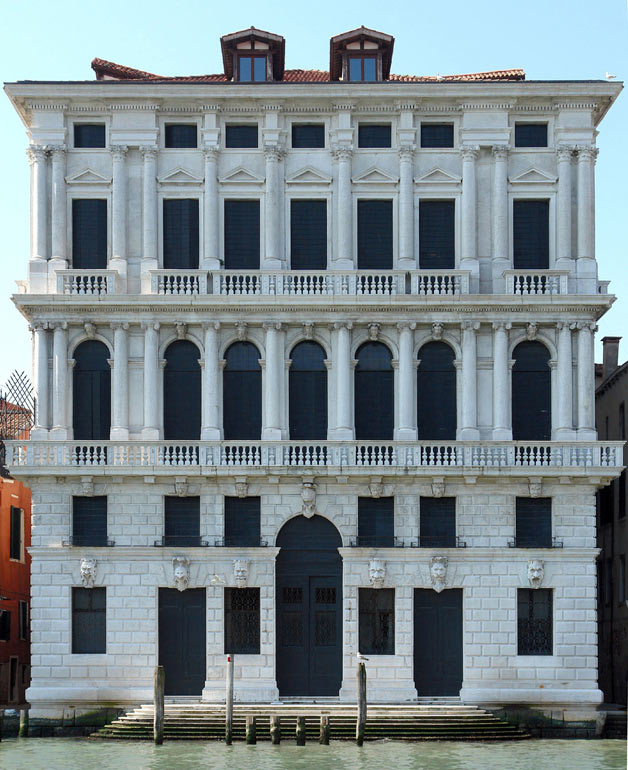
The façade of the Prada Foundation in Venice
ADDRESS
Prada Foundation
Ca' Corner Della Regina
Venice
Receive our daily digest of inspiration, escapism and design stories from around the world direct to your inbox.
-
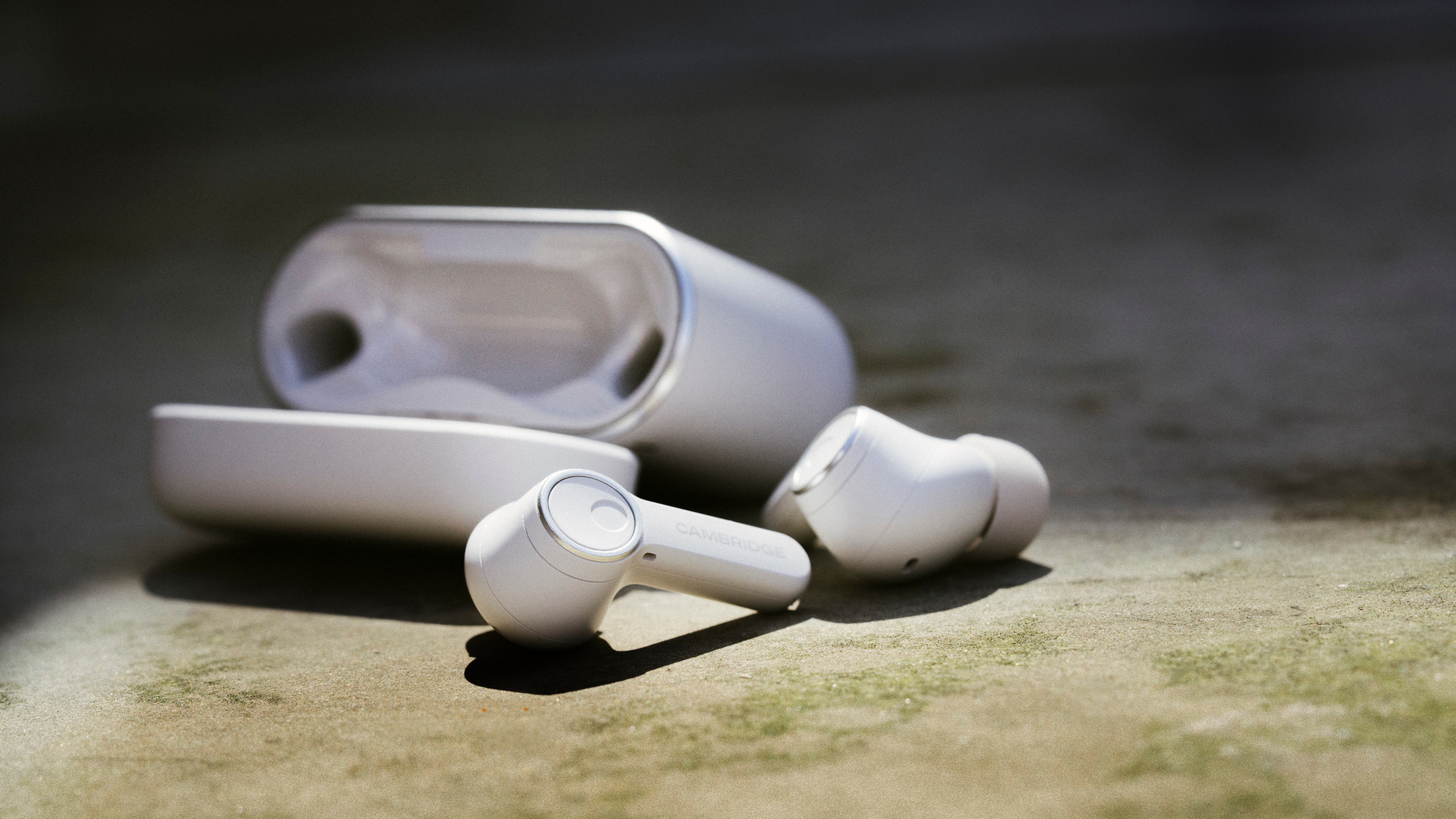 Cambridge Audio's new earbuds offer premium performance without denting your pocket
Cambridge Audio's new earbuds offer premium performance without denting your pocketThe Cambridge Audio Melomania A100 earbuds demonstrate just how far affordable audio tech has come in the last decade
-
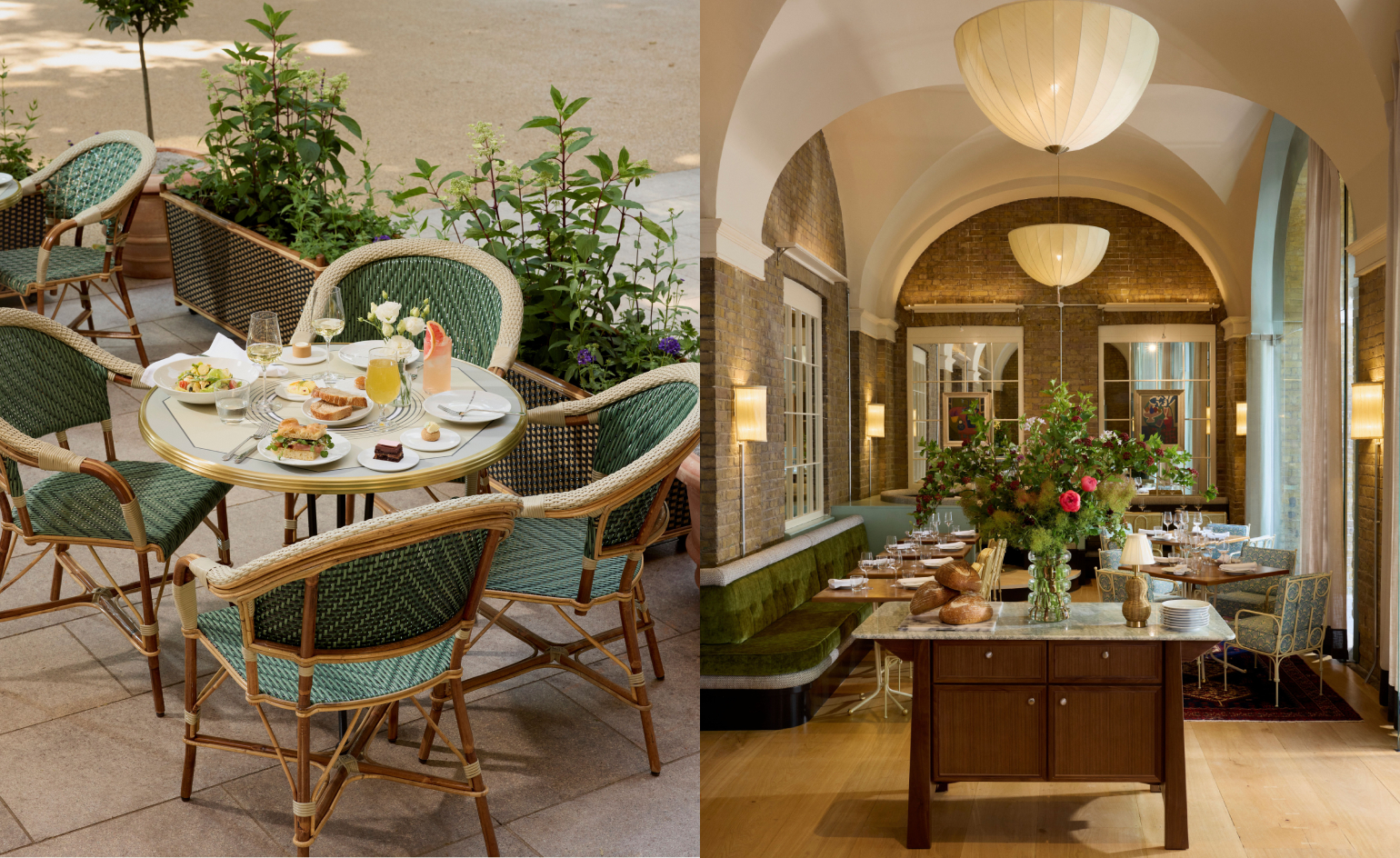 A European-style café opens next to London’s Saatchi Gallery
A European-style café opens next to London’s Saatchi GalleryDesigned by Dion & Arles, Cafe Linea serves fresh pâtisseries, global dishes and sparkling wines in a stunning Grade II-listed setting
-
 Home is where Beethoven Market is – a joyful Italian restaurant in LA’s Mar Vista
Home is where Beethoven Market is – a joyful Italian restaurant in LA’s Mar VistaIn Mar Vista, a historic space is reborn as a modern-day gathering spot, an Italian-infused restaurant where rotisserie chicken, handmade pasta and tableside tiramisu welcome you like family
-
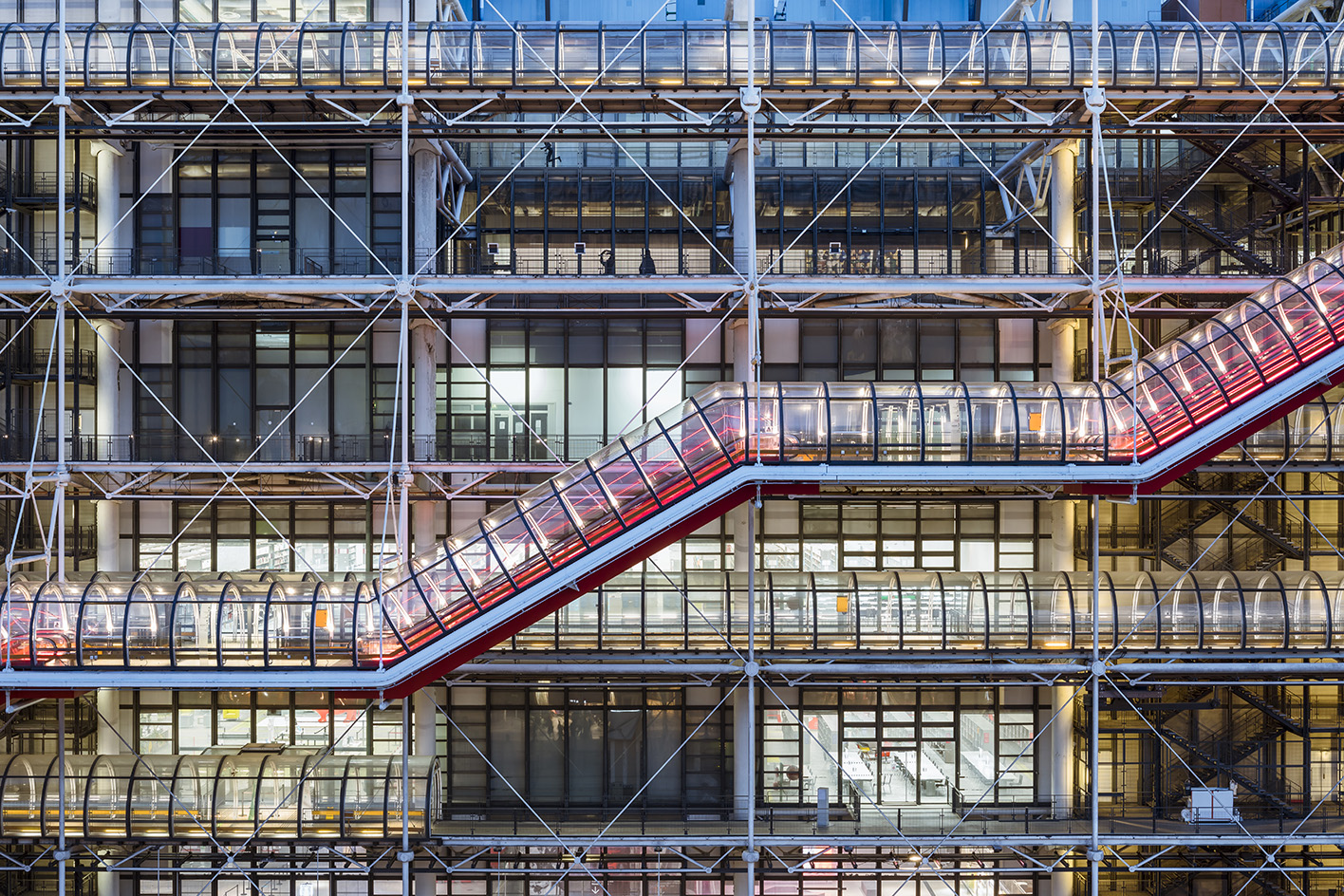 A guide to Renzo Piano’s magic touch for balancing scale and craft in architecture
A guide to Renzo Piano’s magic touch for balancing scale and craft in architectureProlific and innovative, Renzo Piano has earned a place among the 20th century's most important architects; we delve into his life and career in this ultimate guide to his work
-
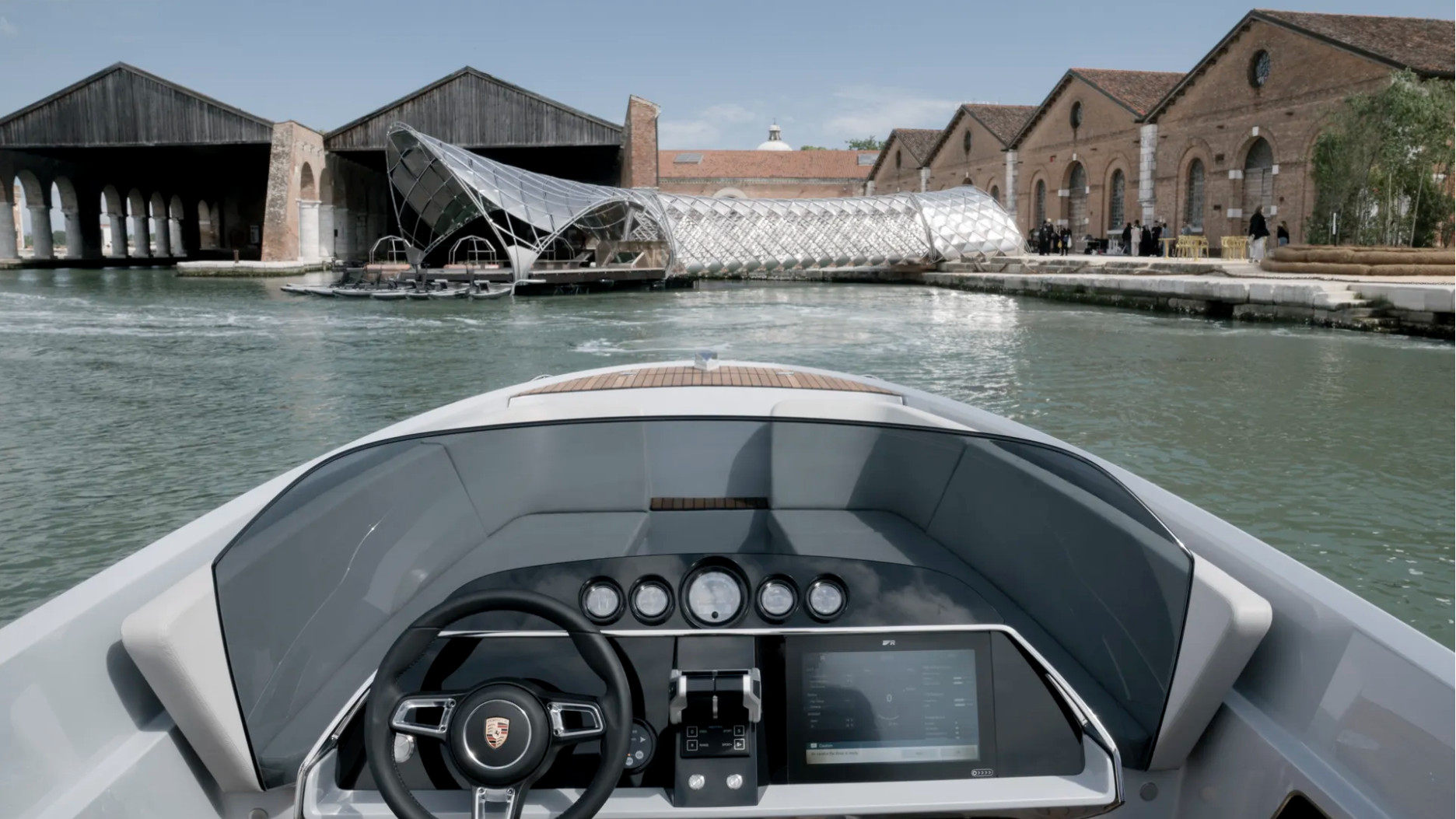 Porsche and the Norman Foster Foundation rethink the future of mobility
Porsche and the Norman Foster Foundation rethink the future of mobilityA futuristic Venice transport hub, created with the Norman Foster Foundation for Porsche’s The Art of Dreams programme, is a star of the city’s Architecture Biennale
-
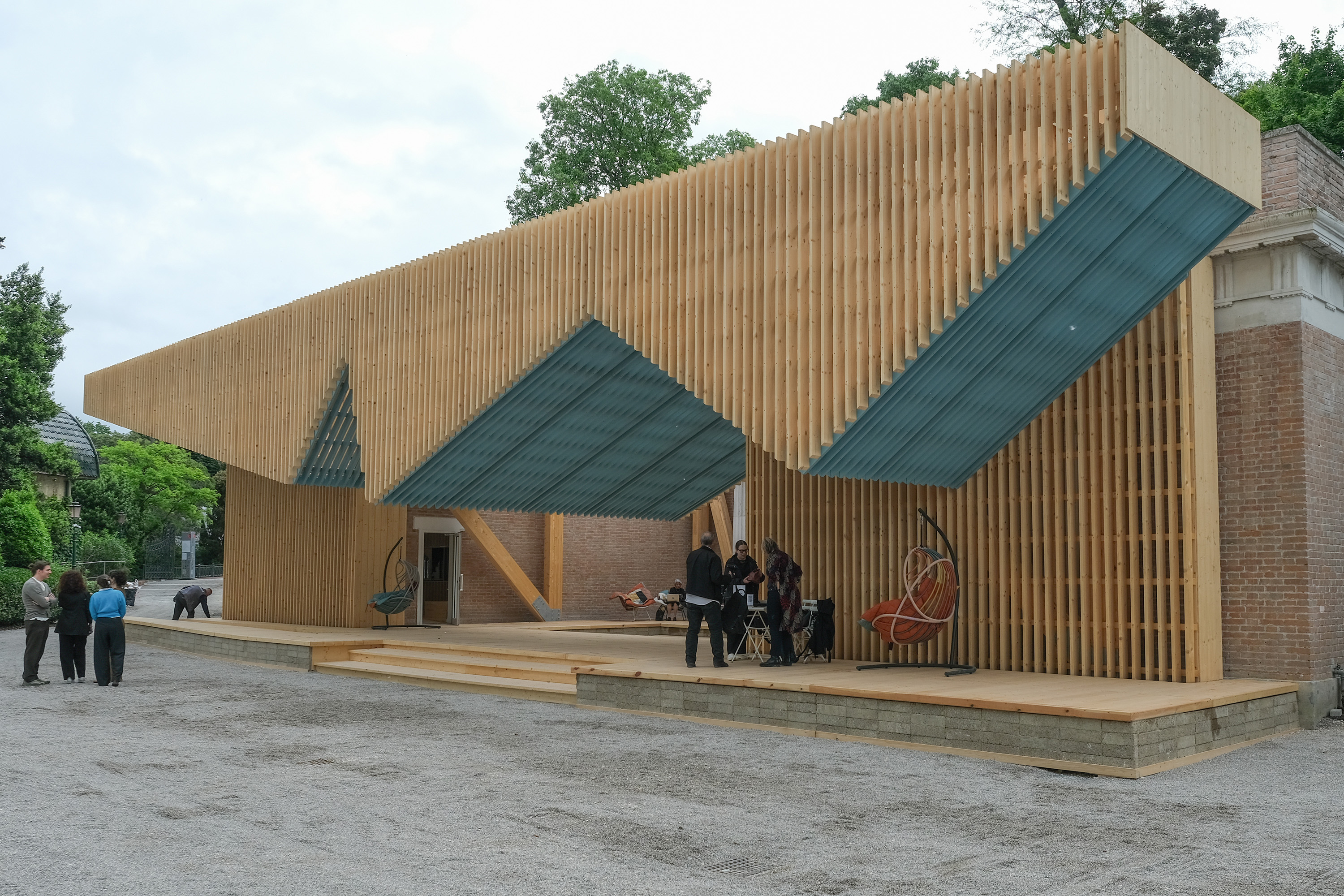 Want to be a Venice pavilion commissioner? Bring ideas – and your Rolodex
Want to be a Venice pavilion commissioner? Bring ideas – and your RolodexThe impressive showings of the USA's Venice pavilion in the Giardini belie the ambitious fundraising efforts that underpin them. Past and present curators tell us how it works
-
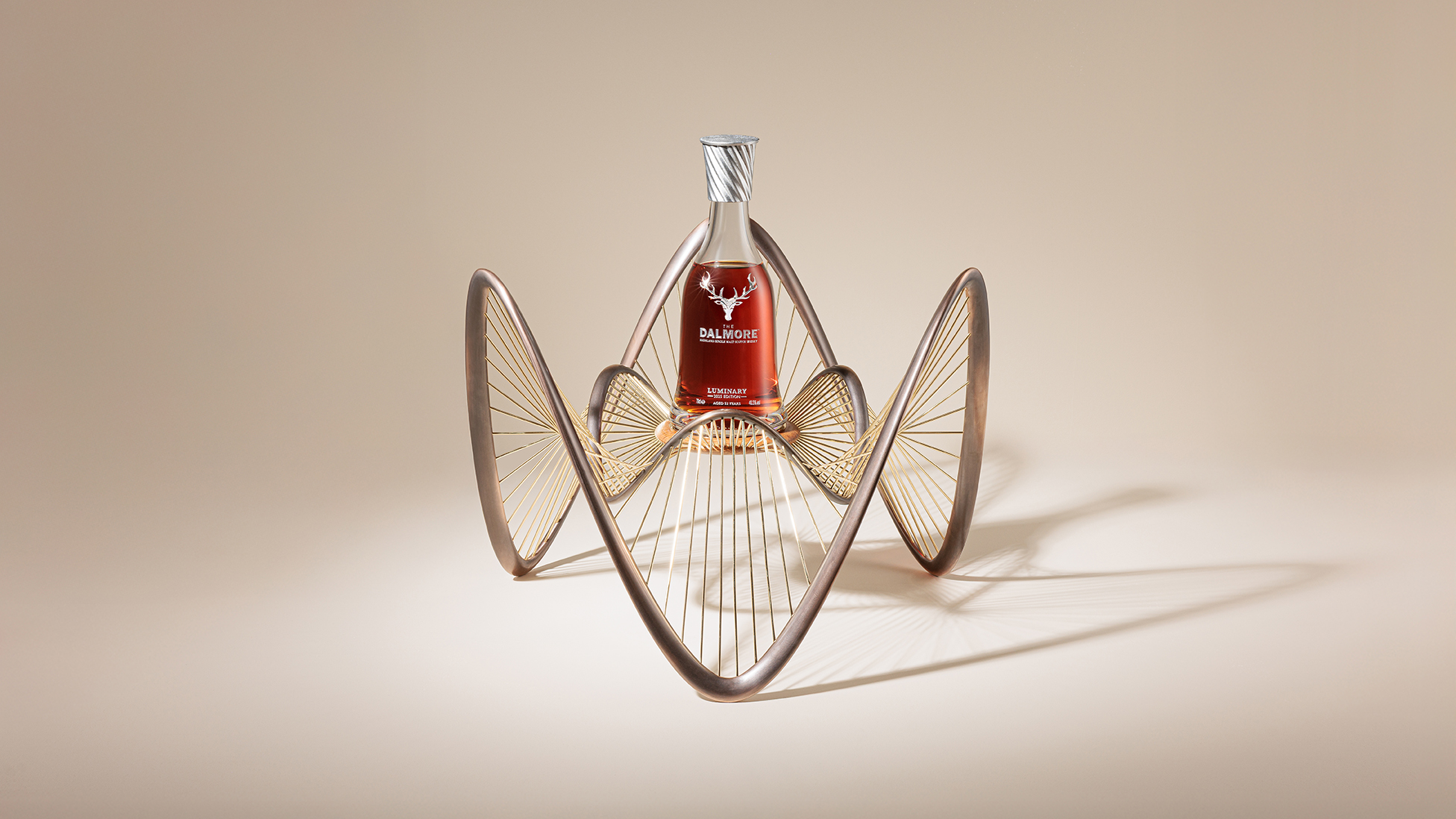 A mesmerising edition of The Dalmore Luminary Series is unveiled in Venice
A mesmerising edition of The Dalmore Luminary Series is unveiled in VeniceThe Dalmore Luminary Series sculpture No.3 by Ben Dobbin of Foster + Partners, co-curated by V&A Dundee, launches in Venice during the 2025 Architecture Biennale
-
 A love letter to the panache and beauty of diagrams: OMA/AMO at the Prada Foundation in Venice
A love letter to the panache and beauty of diagrams: OMA/AMO at the Prada Foundation in Venice‘Diagrams’, an exhibition by AMO/OMA, celebrates the powerful visual communication of data as a valuable tool of investigation; we toured the newly opened show in Venice’s Prada Foundation
-
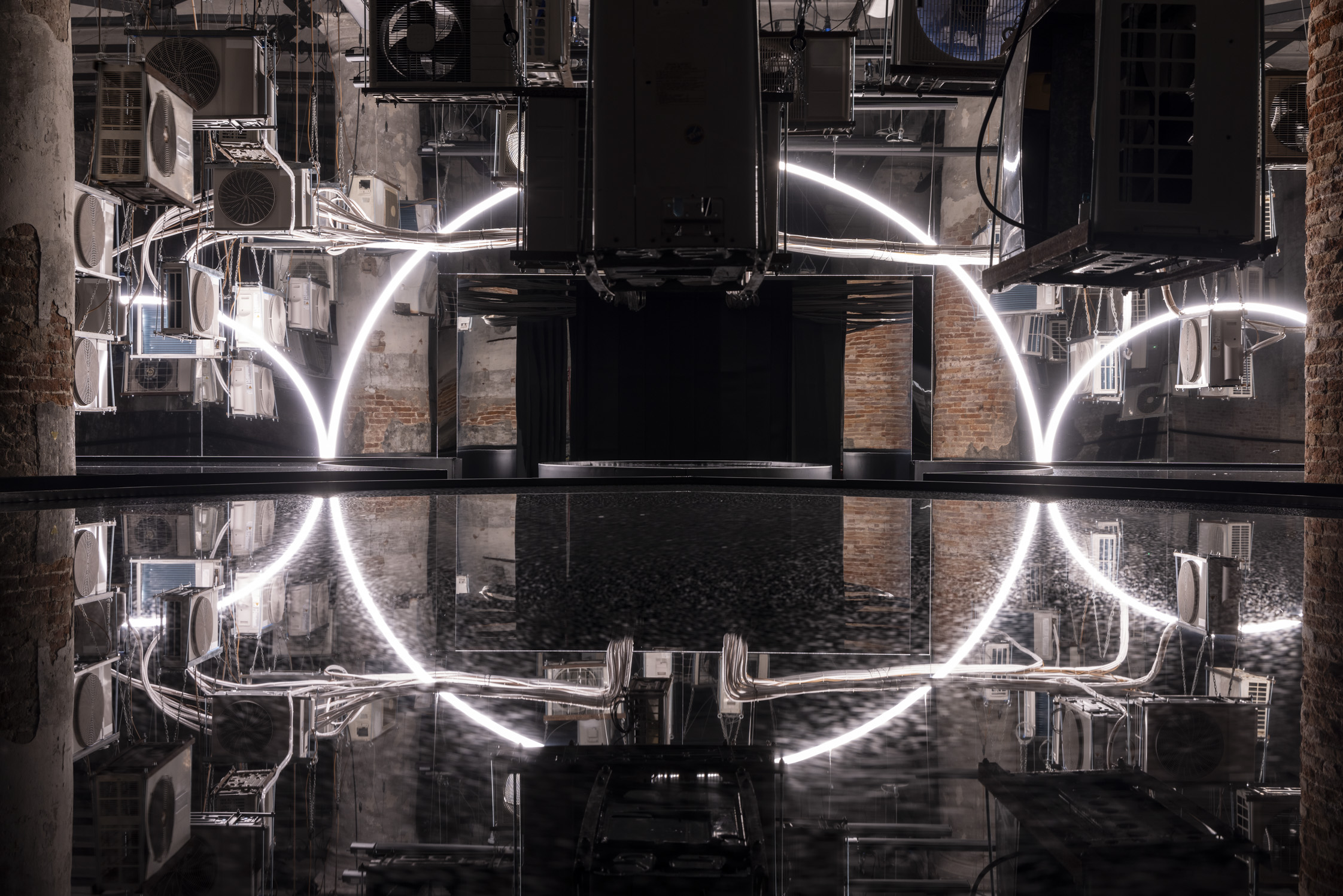 How was Carlo Ratti’s ‘Intelligens’? Wallpaper* editors discuss the 19th Venice Biennale
How was Carlo Ratti’s ‘Intelligens’? Wallpaper* editors discuss the 19th Venice BiennaleHaving visited ‘Intelligens’, the 19th Venice Biennale's main show by curator Carlo Ratti, the Wallpaper* editors discuss what they saw at the world's biggest global architecture festival
-
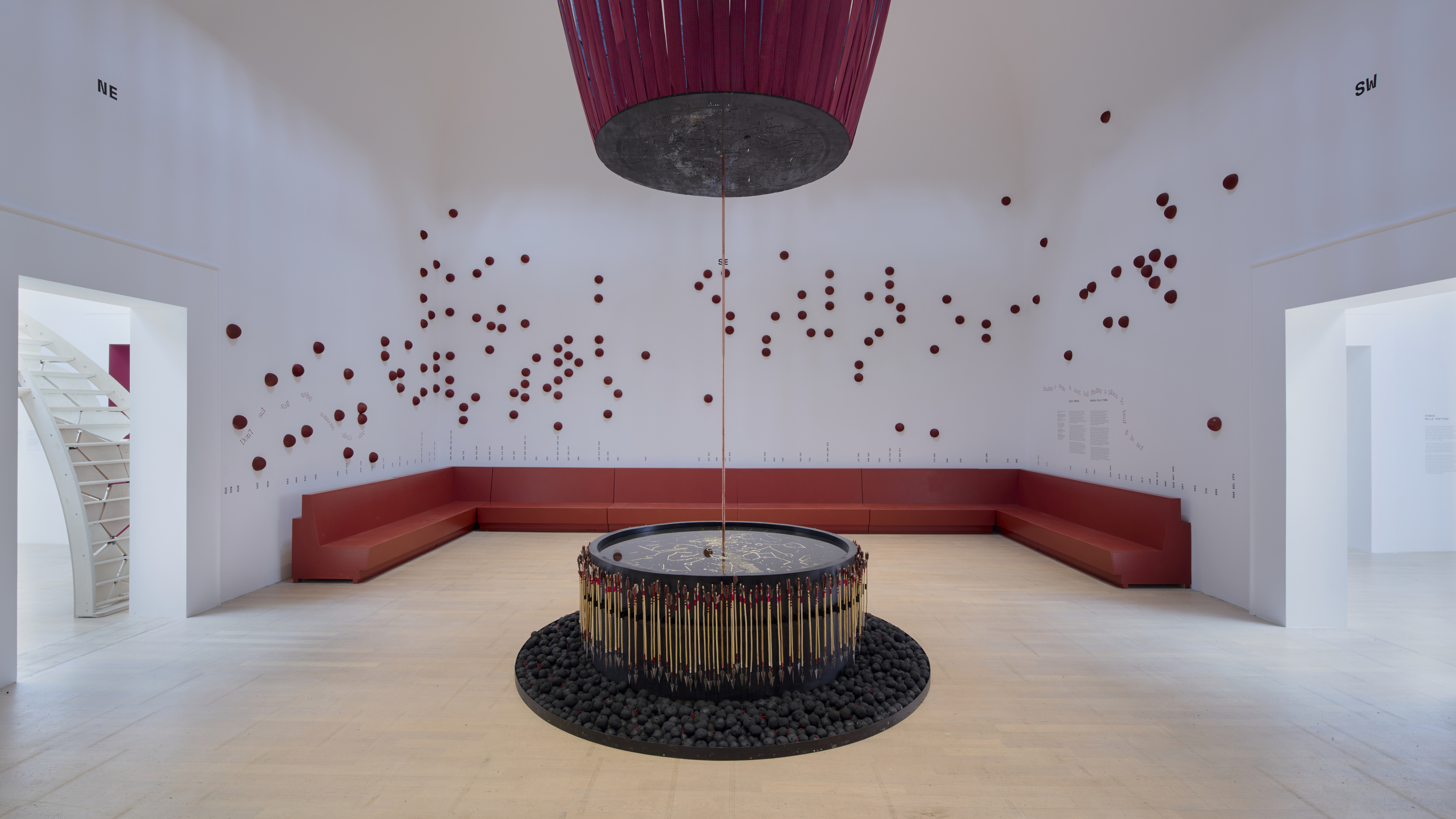 The 2025 British Pavilion in Venice offered up a Geology of Britannic Repair
The 2025 British Pavilion in Venice offered up a Geology of Britannic RepairThe 2025 British Pavilion in Venice is curated by an Anglo-Kenyan team of architects and designers; titled 'GBR: Geology of Britannic Repair', it explores the landscape of colonialism, its past, present and futures
-
 A Venice sneak peek into the new Fondation Cartier pour l’art contemporain by Jean Nouvel
A Venice sneak peek into the new Fondation Cartier pour l’art contemporain by Jean NouvelA new home for Fondation Cartier pour l’art contemporain by Jean Nouvel will open later this year in Paris; in the meantime, the Venice Architecture Biennale 2025 offered the perfect platform for a sneak preview of what's to come